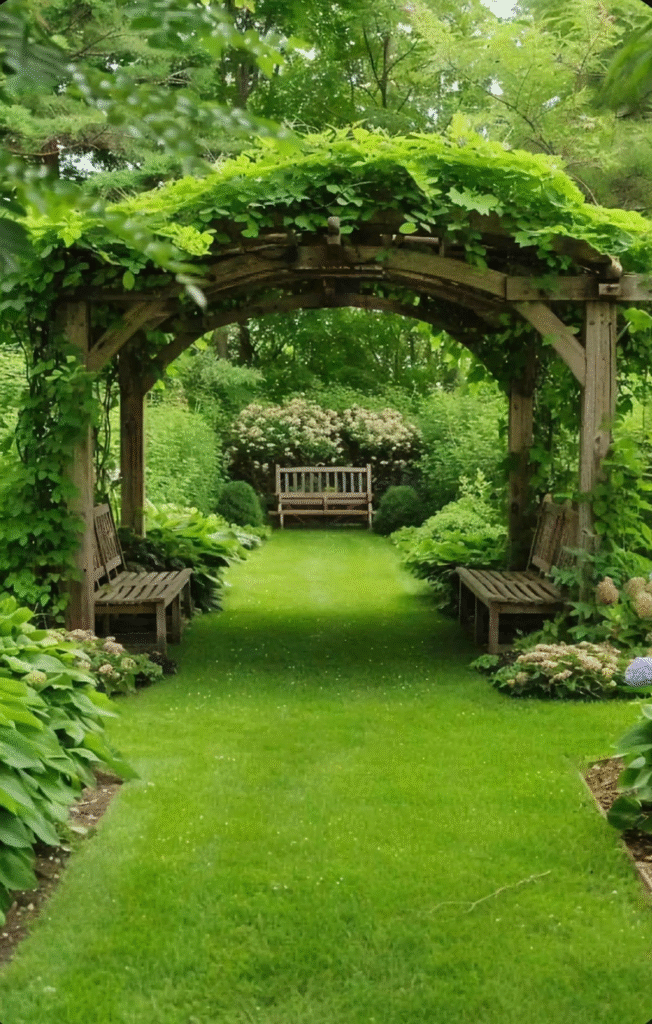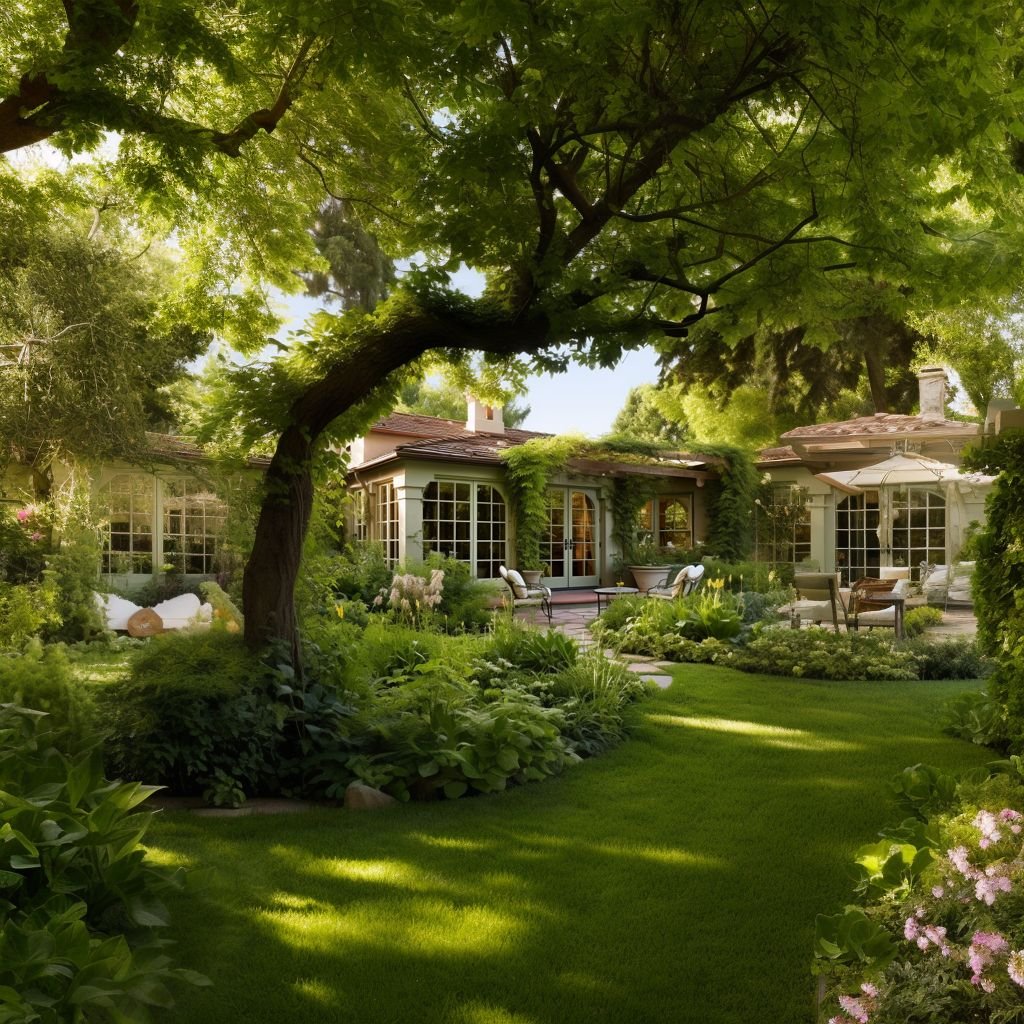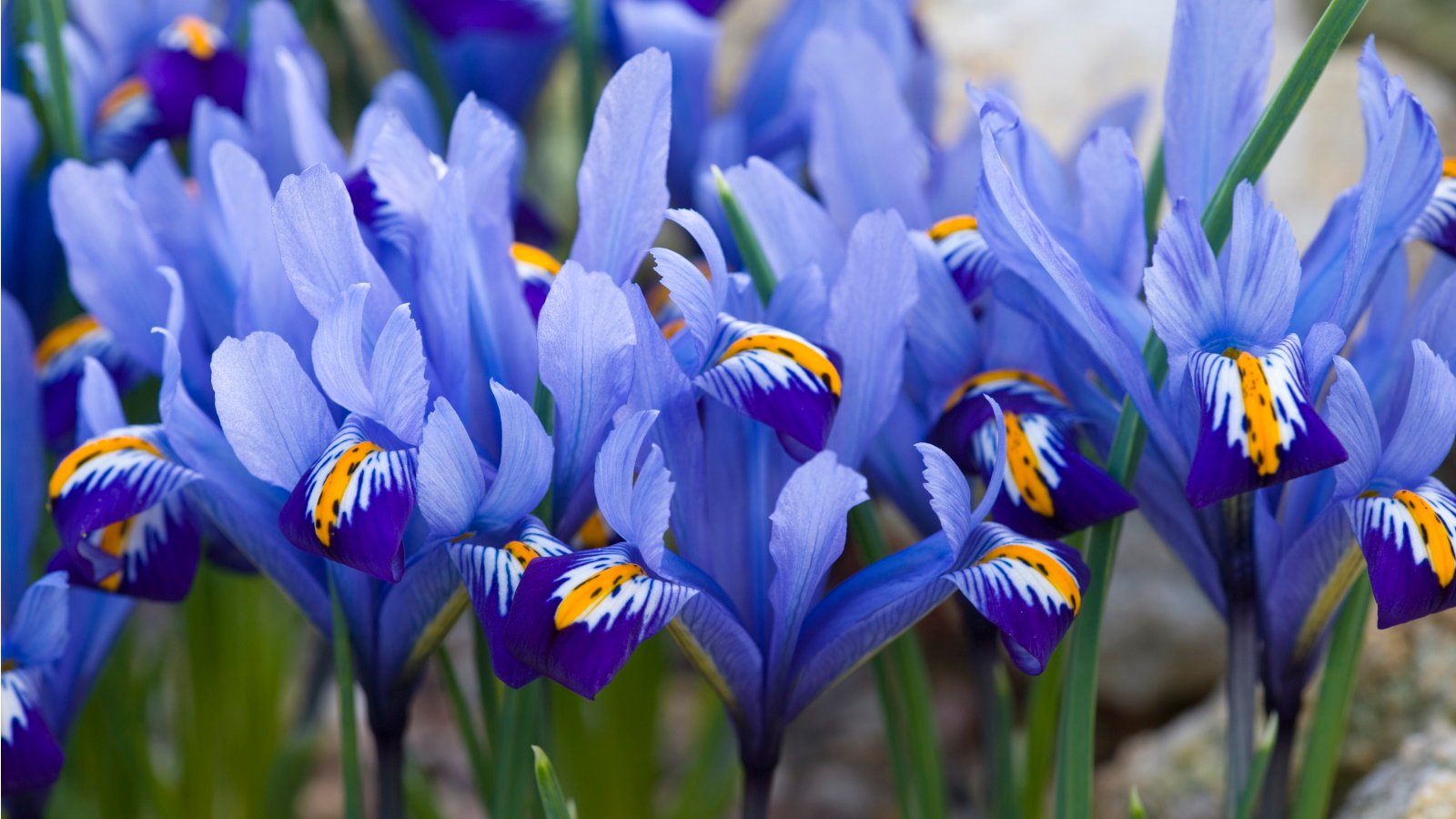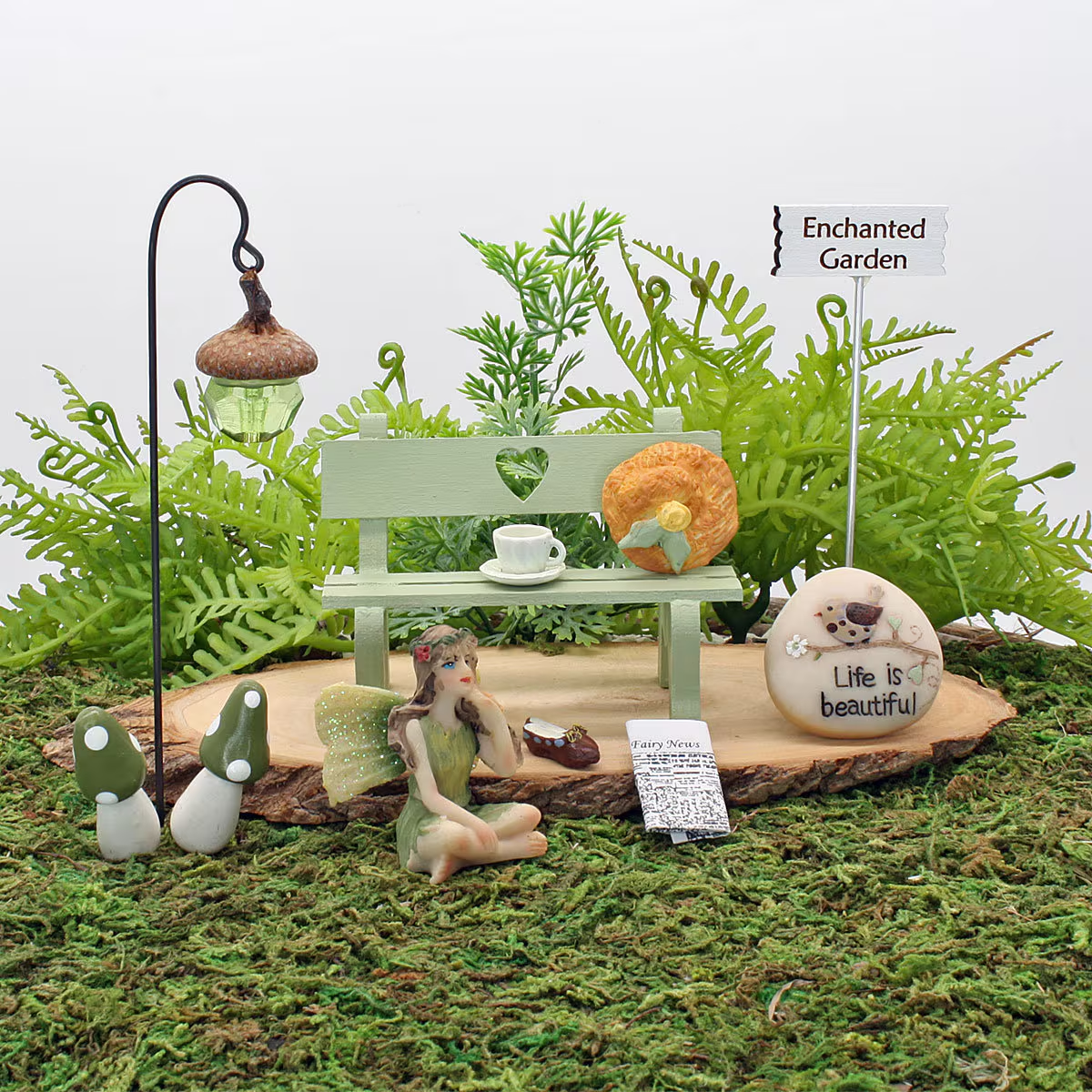The beauty of natural garden is something that never goes out of style. It is a blend of greenery, wild blooms, fresh scents, and the soothing presence of nature. Unlike heavily manicured lawns or modern artificial landscapes, a natural garden beauty grows in harmony with its surroundings. It is peaceful, full of life, and constantly changing with the seasons.
From the gentle rustle of leaves to the vibrant display of seasonal flowers, the beauty of natural garden touches the soul. It is a place where you can escape the noise of daily life, reconnect with nature, and enjoy a healthy, eco-friendly lifestyle.

Why the Beauty of a Natural Garden Feels Special
A beautiful natural garden feels timeless because it mirrors nature’s own balance. Instead of rigid lines and artificial colors, you get soft textures, earthy tones, and a diversity of plants and wildlife. This type of garden:
- Encourages biodiversity by attracting birds, bees, and butterflies.
- Requires fewer chemicals and promotes healthy soil.
- Offers a serene garden landscape that’s both beautiful and calming.
The wildflower garden charm and the fresh greenery make the space feel alive and welcoming. It’s a daily reminder that beauty doesn’t need to be forced — it thrives naturally when nurtured gently.

Key Elements of a Natural Garden
If you want to enjoy the beauty of natural garden in your own backyard, focus on creating harmony with the environment. Here are the main elements to include:

1. Native and Seasonal Plants
Planting native species is essential for an eco-friendly garden. These plants thrive in your local climate, require less water, and resist common pests naturally. Seasonal blooms add variety and keep your lush green garden visually appealing throughout the year.

2. Organic Gardening Practices
Avoid synthetic fertilizers and pesticides. Instead, use compost, natural mulch, and organic pest control methods. This approach enhances garden harmony with nature and supports healthy soil life.

3. Wildlife Habitats
A backyard natural garden can become a safe haven for birds, pollinators, and beneficial insects. Add birdhouses, insect hotels, and butterfly-friendly plants to invite more life into your garden.

4. Natural Pathways and Features
Incorporate stone paths, wooden benches, or small ponds for a rustic, authentic look. These elements highlight the natural garden beauty and encourage people to spend more time outdoors.

Related read Natural Beauty
5. Minimal Interference
One of the secrets to maintaining the beauty of natural garden is knowing when to step back. Allow plants to grow freely, and only prune when necessary to keep the space balanced.

Benefits of a Natural Garden
The appeal of a beautiful natural garden is not just visual — it improves your mental, physical, and environmental health.

- Stress Relief – Spending time in a peaceful garden scenery helps reduce anxiety, improve mood, and enhance mindfulness.
- Eco-Friendly Living – A nature-inspired garden reduces pollution by avoiding chemical fertilizers and pesticides.
- Low Maintenance – Once established, a lush green garden requires less upkeep compared to artificial landscapes.
- Supports Wildlife – Your wildflower garden charm becomes a food source and shelter for bees, butterflies, and birds.
- Year-Round Beauty – With seasonal changes, your garden offers a fresh look every few months.
Designing Your Own Natural Garden
Building a garden that captures the beauty of natural garden doesn’t have to be complicated. Follow these steps to create a space that feels alive and inviting:

Step 1: Plan the Layout
Decide whether you want open grassy areas, flower beds, or a mix of both. Keep the design informal — the goal is to replicate the flow of a serene garden landscape rather than strict symmetry.

Step 2: Select Plants for Every Season
Mix evergreens, seasonal flowers, shrubs, and ground cover plants. This ensures that your natural garden beauty remains vibrant even in winter.

Step 3: Add Layers of Height and Texture
A beautiful natural garden isn’t flat it has visual depth. Combine tall trees, medium-height shrubs, and low-growing plants to add variety.

Step 4: Create Relaxation Spots
Place a wooden bench under a tree or a stone seat near a flower bed. These little nooks encourage you to spend time enjoying the peaceful garden scenery.

Step 5: Let Nature Guide You
Instead of fighting nature, work with it. Accept that leaves will fall, wildflowers will spread, and plants will grow at different speeds. This natural rhythm is what makes your garden truly beautiful.

Seasonal Beauty in a Natural Garden
The beauty of natural garden changes with the seasons, offering a unique look year-round:

- Spring: Bright blooms and fresh greenery awaken the garden.
- Summer: Full growth and vibrant colors dominate, with the sweet scent of flowers filling the air.
- Autumn: Leaves turn golden, red, and orange, giving the serene garden landscape a warm, rustic charm.
- Winter: Frost and snow add a quiet, magical beauty to the garden’s structure.
Tips for Maintaining a Natural Garden
While a beautiful natural garden is less demanding than formal landscapes, it still needs care:

- Water deeply but infrequently to encourage strong roots.
- Use natural mulch to keep soil moist and prevent weeds.
- Regularly check for invasive species that might harm native plants.
- Trim only when necessary to keep paths clear and plants healthy.
Final Thoughts
The beauty of natural garden is more than just a style — it’s a way of living in harmony with nature. Whether you have a large backyard or a small urban plot, you can create a nature-inspired garden that refreshes your mind, supports the environment, and evolves with the seasons.
With the right mix of native plants, organic practices, and thoughtful design, your garden can become a sanctuary where you enjoy the calming touch of nature every day. It’s proof that true beauty doesn’t need perfection — it thrives in the quiet, natural balance of the earth.



